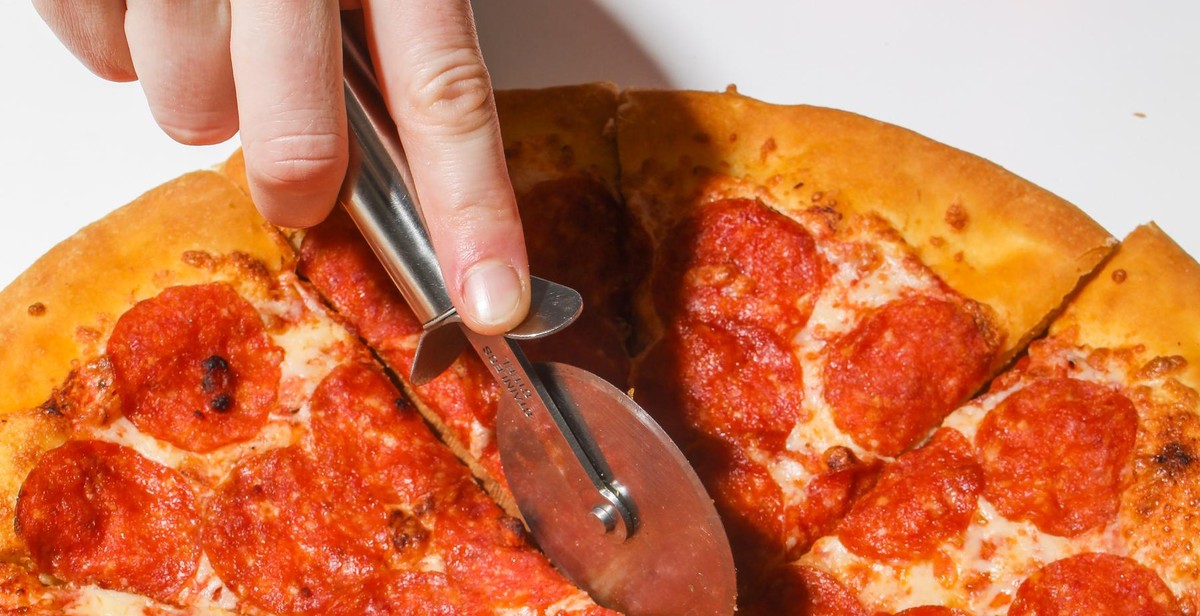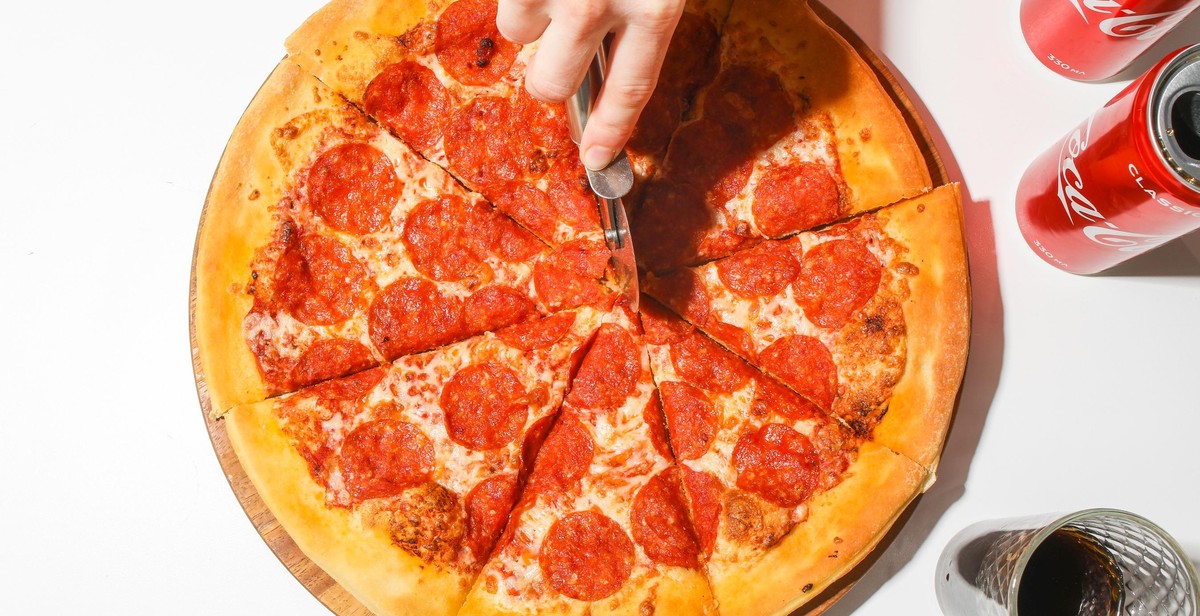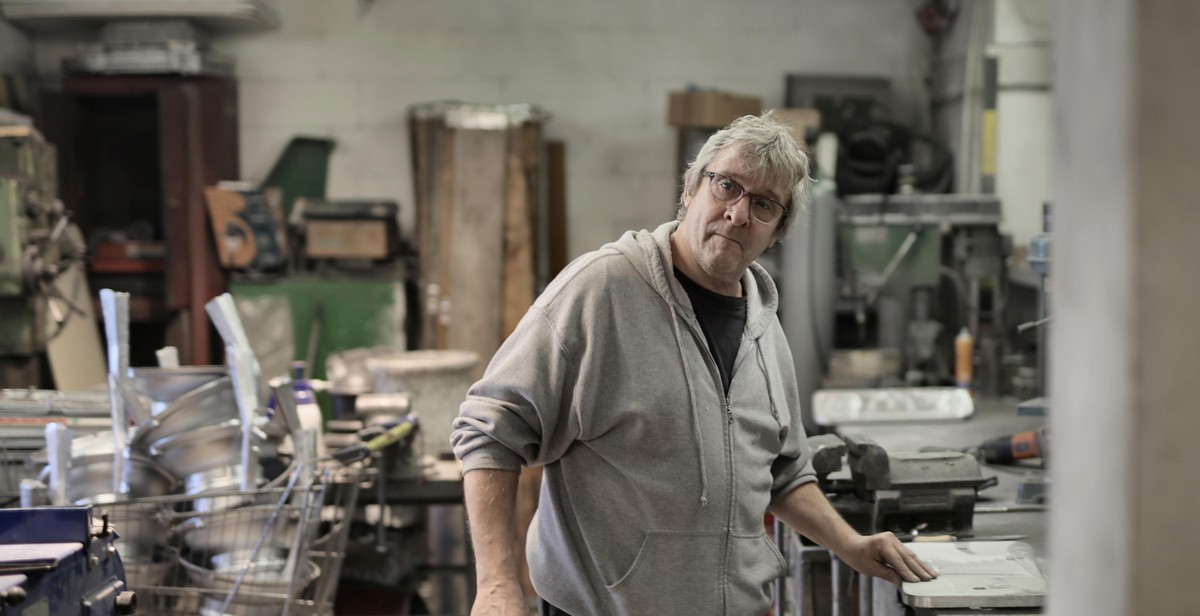How to Choose the Right Pizza Cutter: Exploring Different Styles and Features
Pizza is one of the most popular and beloved foods in the world, and for good reason. Its combination of crispy crust, tangy sauce, and gooey cheese is simply irresistible. However, enjoying a delicious pizza is not always easy, especially when it comes to cutting it. A dull or ineffective pizza cutter can ruin the experience and make a mess on your plate.
That’s why it’s crucial to choose the right pizza cutter for your needs. With so many styles and features available on the market, it can be overwhelming to pick the best one. In this article, we’ll explore the different types of pizza cutters and their unique characteristics to help you make an informed decision.
Types of Pizza Cutters
There are several types of pizza cutters available, each with its own benefits and drawbacks. Here are the most common ones:
- Wheel Cutters
- Rocking Cutters
- Scissors Cutters
- Electric Cutters
We’ll delve into each type of pizza cutter in more detail, including their design, functionality, and performance.

Types of Pizza Cutters
When it comes to choosing the right pizza cutter, there are various types of cutters available in the market. Each type of pizza cutter has its own unique features, advantages, and disadvantages. Here are the three most common types of pizza cutters:
1. Wheel Cutters
Wheel cutters, also known as rotary cutters, are the most popular and commonly used type of pizza cutter. They are made up of a sharp, circular blade that rotates on an axis. The blade is typically made of stainless steel or carbon steel, and it is attached to a handle that provides a comfortable grip. Wheel cutters come in different sizes, ranging from small to large, and they are suitable for cutting all types of pizza crusts, including thin crust, thick crust, and deep-dish.
One of the advantages of using a wheel cutter is that it is easy to use and requires minimal effort to cut through the pizza. However, one of the disadvantages is that the blade can become dull over time, and it may not be suitable for cutting through toppings.
2. Rocking Cutters
Rocking cutters, also known as mezzalunas, are another type of pizza cutter that is commonly used in pizzerias and restaurants. They are made up of a curved blade that rocks back and forth to cut through the pizza. The blade is typically made of stainless steel or carbon steel, and it is attached to two handles that provide a comfortable grip. Rocking cutters come in different sizes, ranging from small to large, and they are suitable for cutting all types of pizza crusts, including thin crust, thick crust, and deep-dish.
One of the advantages of using a rocking cutter is that it is easy to use and requires minimal effort to cut through the pizza. Additionally, the curved blade allows for a smooth and even cut. However, one of the disadvantages is that it may not be suitable for cutting through toppings, and it may require more maintenance than a wheel cutter.
3. Scissor Cutters
Scissor cutters, also known as shears, are a less common type of pizza cutter that is used in some pizzerias and restaurants. They are made up of two blades that are joined together by a hinge. The blades are typically made of stainless steel or carbon steel, and they are designed to cut through the pizza with a scissoring motion. Scissor cutters come in different sizes, ranging from small to large, and they are suitable for cutting all types of pizza crusts, including thin crust, thick crust, and deep-dish.
One of the advantages of using a scissor cutter is that it allows for precise cutting, especially when it comes to cutting through toppings. Additionally, the scissoring motion requires minimal effort and allows for easy control. However, one of the disadvantages is that it may not be suitable for cutting through very thick crusts, and it may require more maintenance than a wheel cutter.
Comparison Table
| Type of Cutter | Advantages | Disadvantages |
|---|---|---|
| Wheel Cutter | Easy to use, suitable for all types of crusts | Blade can become dull, may not be suitable for cutting through toppings |
| Rocking Cutter | Easy to use, smooth and even cut | May not be suitable for cutting through toppings, requires more maintenance |
| Scissor Cutter | Precise cutting, easy control | May not be suitable for cutting through very thick crusts, requires more maintenance |

Factors to Consider While Choosing a Pizza Cutter
Choosing the right pizza cutter can make a big difference in how you enjoy your pizza. There are several factors to consider when choosing a pizza cutter, including the blade material, size of blade and cutter, handle material, ease of use, and ease of cleaning. Let’s explore each of these factors in detail.
Blade Material
The blade material is an important factor to consider when choosing a pizza cutter. Stainless steel blades are the most common and are generally durable and long-lasting. However, some pizza cutters come with ceramic blades that are sharper and don’t require sharpening as often as stainless steel blades. Ceramic blades are also rust-proof and won’t change the taste of the pizza.
Size of Blade and Cutter
The size of the blade and cutter is another important factor to consider. A larger blade will make it easier to cut through thick crusts and toppings, while a smaller blade is better for cutting through thinner crusts. The size of the cutter should also be considered, as a larger cutter will provide more leverage and make it easier to cut through the pizza.
Handle Material
The handle material is another important factor to consider. Handles can be made from a variety of materials, including plastic, wood, and metal. Plastic handles are lightweight and easy to clean, while wooden handles are durable and provide a comfortable grip. Metal handles are also durable but can get hot when cutting through a hot pizza.
Ease of Use
The ease of use is an important factor to consider when choosing a pizza cutter. A pizza cutter with a comfortable grip and an ergonomic design will make it easier to cut through the pizza. Additionally, a cutter with a sharp blade will require less effort to cut through the pizza, reducing hand fatigue.
Ease of Cleaning
The ease of cleaning is another important factor to consider when choosing a pizza cutter. Pizza cutters with removable blades are easier to clean, as you can remove the blade and clean it separately. Additionally, pizza cutters with non-stick coatings will prevent food from sticking to the blade, making it easier to clean.
| Factor | Considerations |
|---|---|
| Blade Material | Stainless steel or ceramic |
| Size of Blade and Cutter | Larger for thick crusts and toppings, smaller for thin crusts |
| Handle Material | Plastic, wood, or metal |
| Ease of Use | Comfortable grip and ergonomic design |
| Ease of Cleaning | Removable blades or non-stick coatings |
By considering these factors, you can choose the right pizza cutter that meets your needs and preferences. Whether you prefer a traditional pizza cutter or a more modern design, there are plenty of options available to suit your style and budget.

Maintenance and Safety Tips for Pizza Cutters
Proper maintenance and safety practices are essential to ensure the longevity and effectiveness of your pizza cutter. Here are some tips to keep in mind:
Cleaning
- After each use, wash the pizza cutter with warm, soapy water and dry it thoroughly with a clean towel.
- Avoid using abrasive cleaners or scrubbers that could damage the blade or handle.
- If your pizza cutter has a removable blade, remove it and clean it separately to ensure all food particles are removed.
- Store your pizza cutter in a dry place to prevent rust or corrosion.
Sharpening
A dull pizza cutter can be difficult to use and may even damage your pizza. Here are some tips for keeping your pizza cutter sharp:
- Use a honing steel to sharpen the blade before each use.
- If the blade is severely dull, you may need to use a sharpening stone or take it to a professional to be sharpened.
Safety
When using a pizza cutter, it’s important to take precautions to avoid injuries:
- Always use the pizza cutter on a stable surface.
- Keep your fingers and other body parts away from the blade.
- Never leave a pizza cutter within reach of children.
- If your pizza cutter has a protective cover, use it when not in use.
| Cleaning | Sharpening | Safety |
|---|---|---|
| Wash with warm, soapy water and dry thoroughly | Use a honing steel before each use | Use on stable surface, keep fingers away from blade, never leave within reach of children |
| Avoid abrasive cleaners or scrubbers | Use a sharpening stone or professional sharpening for severely dull blades | Use protective cover when not in use |
| Remove removable blades and clean separately | ||
| Store in a dry place to prevent rust or corrosion |
